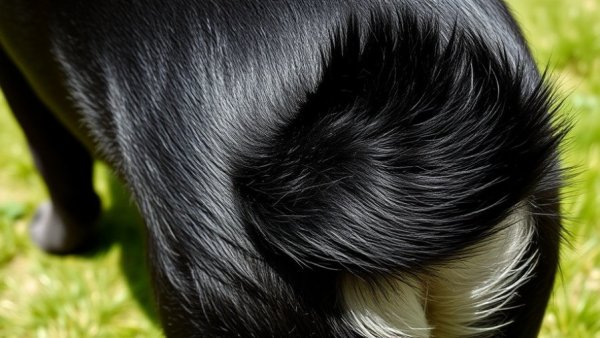
Understanding Sebaceous Cysts and Adenomas in Dogs
Have you ever noticed a pink or white bump on your dog's skin and wondered what it could be? Especially common in aging dogs, sebaceous cysts and adenomas often manifest as smooth, lobulated growths. Although they might look concerning, these growths are predominantly harmless and benign. They arise from the sebaceous (oil) glands and are most frequently observed in certain breeds such as Cocker Spaniels, Poodles, and Miniature Schnauzers.
What Are Sebaceous Tumors?
Sebaceous adenomas are benign tumors originating from the sebaceous glands, typically presenting as small, oily bumps. In contrast, sebaceous cysts form when these glands become blocked, leading to a buildup of sebum—an oily substance intended to lubricate and protect the skin. These cysts can vary in appearance, often resembling a round, smooth ball and can potentially become darkened or pigmented.
Diagnosis: When to Consult a Vet
While sebaceous cysts and adenomas are often benign and typically do not require immediate treatment, it is essential to consult your veterinarian upon noticing any new growth on your dog. Trained professionals can perform a fine-needle aspiration to confirm a diagnosis or may suggest removal if the growth becomes bothersome or shows signs of irritation.
Managing Your Dog’s Skin Growths
In most cases, dogs will ignore these benign tumors unless they become injured. The main risk associated with sebaceous cysts and adenomas is that they can lead to secondary bacterial infections if ruptured. In such scenarios, cleaning the wound with antibacterial solutions is adequate for treatment. However, if your dog is persistently licking or chewing at the growths, surgical removal might become necessary to alleviate discomfort.
Preventive Measures for Skin Growths
Although there is no surefire way to prevent sebaceous tumors from developing, maintaining a regular grooming routine can help keep your dog's skin healthy. Bathing with anti-seborrheic shampoos might assist in managing or slowing down growth development for dogs predisposed to these issues. However, diet and lifestyle haven't been directly linked to the appearance of sebaceous cysts or adenomas.
Comparing Benign Tumors: A Broader Perspective
According to veterinary research, benign tumors account for 60-80% of skin masses found in dogs. Popular benign skin tumors include lipomas (fatty tumors) and histiocytomas (usually found in younger dogs). Like sebaceous adenomas and cysts, these tumors often don’t pose serious health risks but should be monitored regularly for any changes.
Understanding Emotional Impact and Owner Responsibility
Encountering unexpected lumps on your beloved canine companion can evoke anxiety and concern for many dog owners. It's crucial to be proactive about your pet's health, but it's just as vital to understand that most growths such as sebaceous adenomas and cysts typically don't indicate severe medical problems. Prioritizing regular veterinary check-ups helps in early detection and ensures that your furry friend remains happy and healthy.
Frequently Asked Questions About Sebaceous Tumors
1. Are sebaceous cysts and adenomas serious?
No, they are usually benign, but it’s important to have them evaluated by a veterinarian to ascertain proper care.
2. Can I prevent these growths?
While prevention is challenging, maintaining good hygiene and grooming practices can help manage skin health.
3. What should I do if my dog licks a cyst?
If a cyst becomes irritated or appears painful due to licking, consult your veterinarian about potential removal options.
Your Dog’s Health is Your Priority!
As a responsible pet owner, it's essential to stay vigilant about your dog's health. Regular visits to the veterinarian can help ensure early detection of any changes in your dog's condition. For any concerns regarding skin growths or changes in your dog's behavior, don't hesitate to reach out to your vet. Your dog's comfort and health are worth the effort!
 Add Row
Add Row  Add
Add 




Write A Comment